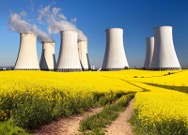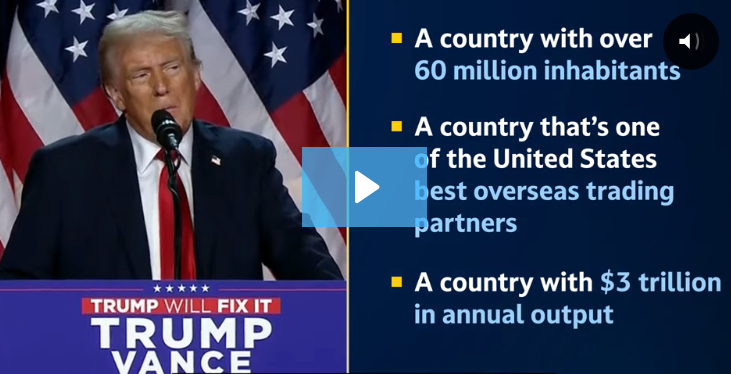Trump's America First Revolution Triggers Massive Tech Investment Surge
Micron and Apple Lead Historic Reshoring Wave as Memory Chip Boom and White House Politics Create Unprecedented Domestic Investment Opportunities
In a stunning display of economic nationalism, two of America's most critical technology companies have just committed nearly $800 billion to domestic manufacturing and production over the next four years. Memory chip giant Micron Technology reported record-breaking earnings driven by AI demand while committing $200 billion to U.S. manufacturing, and Apple announced a historic $600 billion domestic investment following a high-profile White House meeting.





